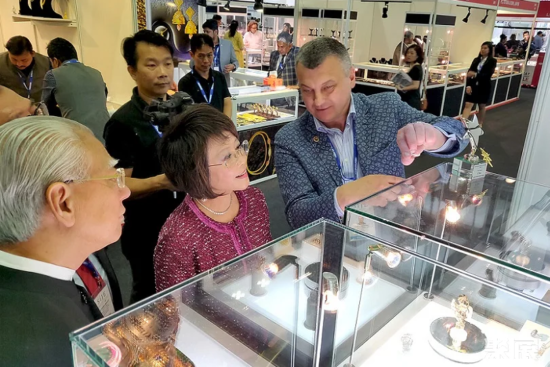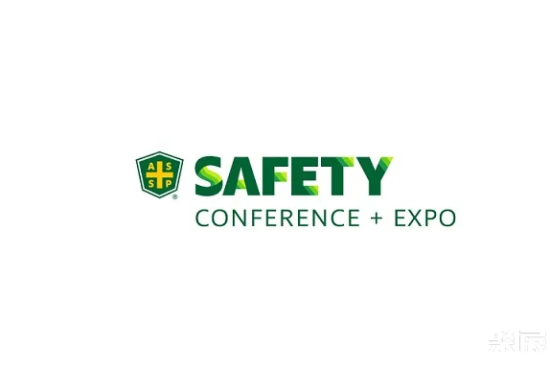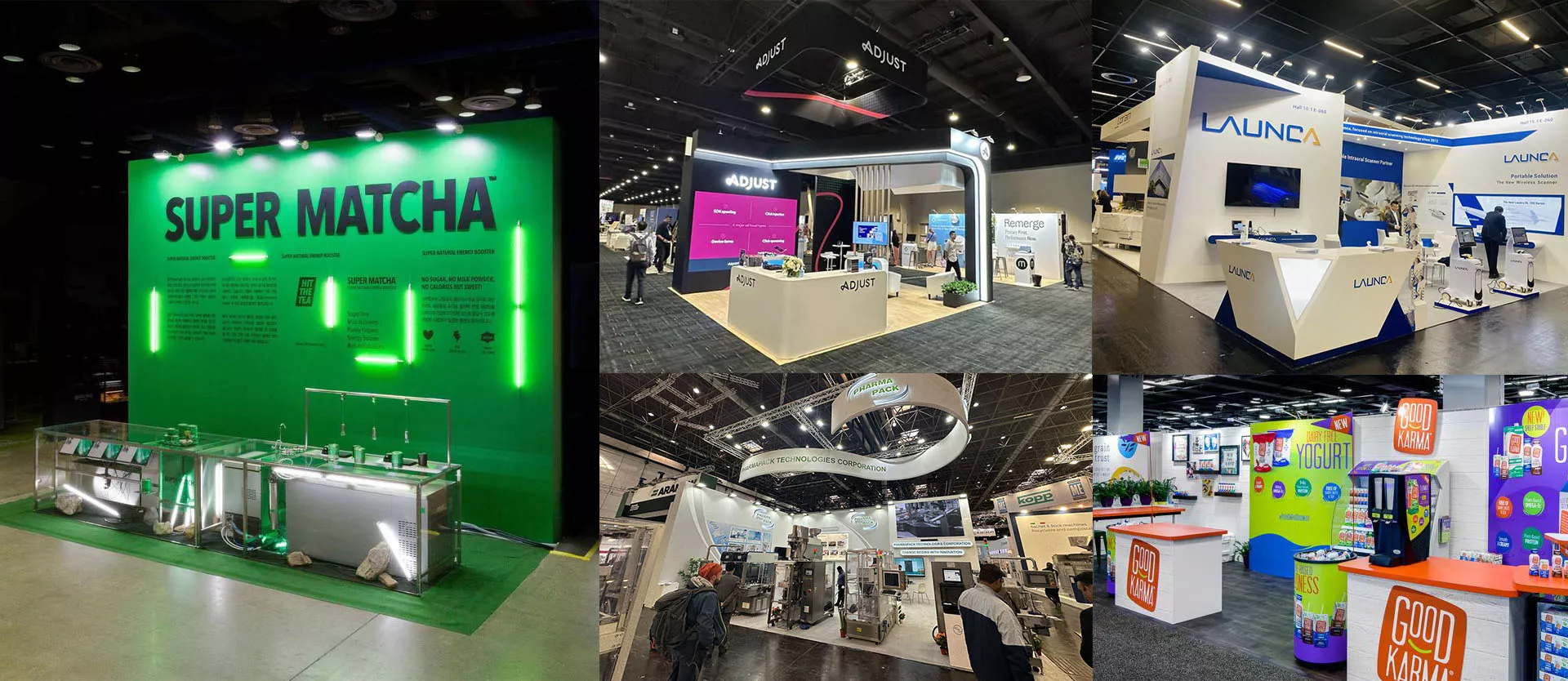
How a holistic approach can improve engagement and focus
While research shows that people are motivated by goals, which lead to better outcomes for employees and organizations, too many meetings prevent participants from achieving productive outcomes, with rigid agendas or aimless discussions. On the other hand, workplace stress and burnout can have the opposite effect — leading to decreased performance, increased absenteeism, and higher turnover.
The World Health Organization (WHO) recognizes burnout as an occupational phenomenon, emphasizing its prevalence and the need for intervention. Research shows that companies that invest in employee wellness programs experience lower healthcare costs and absenteeism, and higher employee morale and productivity.
So how can meeting organizers help people combat stress and burnout? More importantly, how can we organize meetings so that participants feel a sense of purpose and mindfulness? One proven solution is to combine work and wellness. Incorporating wellness into meetings and events is not only a trend, but also an important strategy to support the physical and mental health of employees and cultivate a more engaged and productive workforce.
Read more: Improving meeting quality through health
Savvy event planners recognize that integrating wellness with work requires a thoughtful and intentional approach. Subtle yet meaningful incorporation can bring about noticeable change without requiring drastic changes or a significant time investment.
Here are six tactical strategies to seamlessly integrate wellness into your events:
1. Personalized health
- Flexibility and Inclusiveness: There is no one-size-fits-all approach! Wellness is a very personal journey and no two people are exactly alike. What works for one person may not work for another. Therefore, wellness programs at conferences should be flexible and inclusive, offering a variety of options to meet different preferences and needs.
- Autonomy and choice: Forcing everyone to participate in a 5km run or group meditation class at 5am can be counterproductive. Instead, creating a menu of wellness activities allows participants to choose activities that resonate with them, fostering a sense of autonomy and respect for individual needs.
2. Careful reception
- Arrival Kit: Provide attendees with a welcome pack containing items like stress balls, essential oils, or relaxing teas. These small gifts can help create a positive vibe at the event.
- Quiet areas and meditation rooms: Allow attendees to rest and recharge. Let’s face it – meetings, while invigorating, can also be draining. It’s widely accepted that attendees need time and space to decompress in order to truly absorb all that is coming. Zen Rooms provide attendees with a peaceful place to relax, while Quiet Zones allow attendees to take a moment to focus on urgent matters that may have arisen in the business while they were away. We all need time to relax and recharge.
3. Healthy nutrition and hydration
- Nutritional Diet: Offer a variety of healthy food options, including fresh fruits, vegetables, lean proteins, and whole grains. Avoid heavy processed foods and foods high in added sugars that can cause energy dips. Consider making small changes, such as snacking on nuts, whole fruits, and small vegetable portions during breaks.
- Water filling station: Make sure water is readily available and encourage attendees to stay hydrated. Consider adding a flavored water station with natural ingredients like cucumber or mint.
4. Flexible healthy breaks
- Zen: During your meeting, schedule short, focused moments between speakers. These could be guided breathing exercises, light stretching, or brief meditations. These breaks can help attendees recharge and stay focused.
- Walking and talking: Encourage informal meetings or discussions while walking. This promotes physical activity and can lead to more dynamic and creative conversations.
5. Physical and mental activities
- Mobile options: Offer a range of physical activities, from yoga and running groups to dance or simple stretching. Make sure these activities are optional and held at convenient times.
Read more: The convergence of the events and wellness industries: Why event planners should care
- Mental Health Seminar: Includes workshops on topics such as stress management, resilience building, and mindfulness techniques. These sessions provide attendees with practical tools they can use in their daily lives.
- Meditation and Breathing Rooms: Provide designated spaces where participants can go deeper into meditation or learn more about breathing techniques. Guide these sessions to provide participants with the opportunity to learn these techniques, relax, and relieve stress.
- Outdoor breakout sessions: Break out of the traditional conference room setting and hold meetings outdoors. Nature hikes or outdoor brainstorming sessions can boost collaboration, improve focus, and help attendees make real connections. Benefits of spending time in nature include reduced stress, improved mood, and increased creativity.
6. Relax in the evening
- Relaxation activities: End the day with an activity that helps you relax, such as guided imagery, a gratitude practice, or a gentle yoga session.
- Social connections: Organize informal, low-pressure social events that encourage communication and connection without overwhelming attendees.
These wellness programs can provide a number of benefits to your conference. According to a study by the Global Wellness Institute, companies that prioritize employee health report higher employee engagement, improved job performance, and lower rates of burnout. Additionally, attendees who feel supported in their health are more likely to have a positive perception of the event and the host.
Integrating wellness into meetings is about creating an environment where employees feel valued, supported, and empowered to take care of their physical and mental health. By offering a variety of wellness activities and carefully integrating them throughout the event, you can cater to the different needs of attendees and foster a culture of wellness. This approach not only enhances the attendee experience, but also increases attendee productivity and engagement. As workplace demands increase, prioritizing wellness in meetings is not only beneficial, but essential.
—
Charlotte Frederick is a corporate meetings and incentives industry expert with over 25 years of experience. After overcoming her personal struggles with stress and burnout through mindfulness techniques, she founded Mindful Moments, a female-led company dedicated to advancing well-being in the corporate world. Charlotte believes in empowering organizations and individuals with the right tools and strategies. By embracing mindfulness and self-care, individuals can bring out their best selves in all areas of their lives.
Charlotte’s commitment to sharing knowledge and helping others stems from her own success and the transformative power of wellness. She is a certified Integrative Health and Mindset Coach, a certified Meditation Teacher, a certified Yoga Instructor, and a certified Positive Psychology Coach.











Leave a Reply Cancel reply
You must be logged in to post a comment.